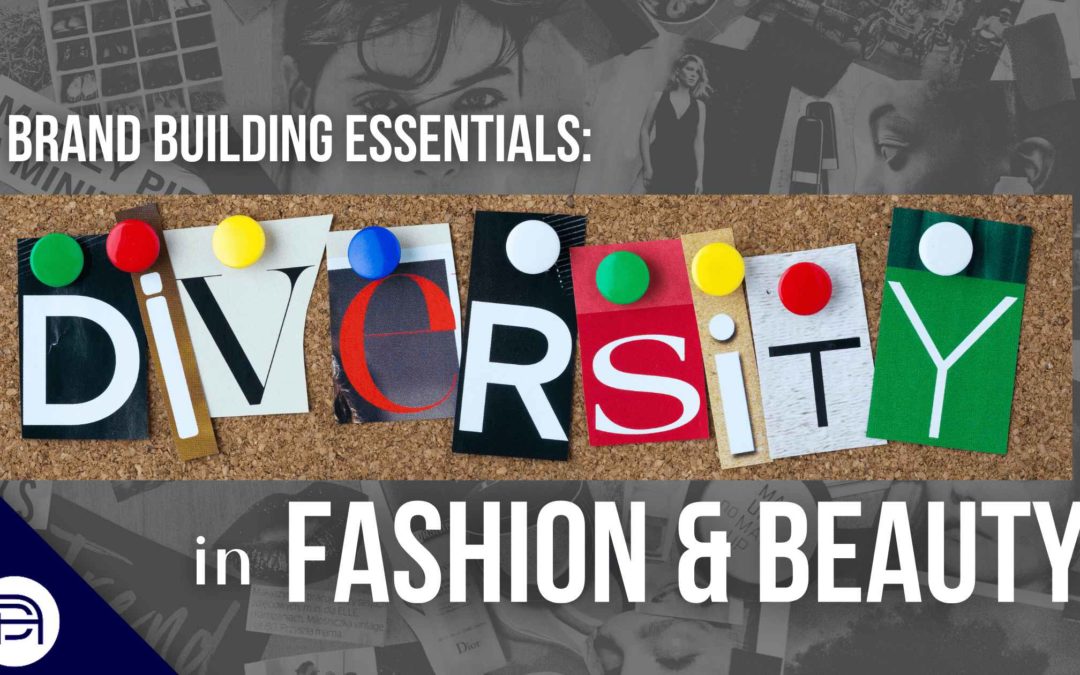Across all industries, there is a stark gap in the demand for inclusive advertising and the volume of diverse ads. Over 70% of consumers expect brands to promote diversity and inclusion, while only 41% feel represented in ads. Simply diversifying casting within marketing efforts isn’t enough for many consumers.
Marketers are quickly learning that inclusive design integration within their full-funnel strategy is crucial. Multicultural efforts need to trickle through each customer journey phase instead of being siloed out to tentpole events.
Many brands have been slow to adopt a holistic strategy to approaching this business challenge but a few trailblazers within the fashion and beauty industry have taken the first steps toward building a more inclusive strategy from the ground up.
Here are some industry highlights and learnings to consider when formulating a polycultural strategy for your brand:
- Serving Underrepresented Communities: Consumers are resonating with marketing efforts that embrace the full spectrum of bodies, ethnicities, sexualities, and more. Now is the time for brands to address and challenge representation biases.
In January, Sephora commissioned a study on bias in retail; the findings showed that 3 in 5 shoppers had experienced discriminatory treatment and that 3 in 5 retail employees had witnessed discrimination in their workplace.
In this study, discrimination took various forms across ethnicity, skin color, body weight, and age. One focus left out of that particular analysis was the inclusion of consumers with disabilities. 15% of the global population experience some disability, which represents over 68 million people in the US alone. Historically, this population has been unseen in marketing efforts despite holding over $1.1 trillion in buying power.
Recently, fashion brands like JCPenney and Erdem launched new adaptive fashion lines to tap into this critical market. The companies partnered with Patti + Ricky and Universal Standard to launch specifically helpful clothing specifically for autistic people. The new product lines have been successful, with Erdem selling out the first time they created it.
These success stories illustrate how partnerships can be an effective and authentic way to connect with groups and communities that have not been represented in the marketplace.
Additionally, fashion brands should acknowledge that more and more consumers are rejecting societal gender conformity. Gen Z in particular is looking for products that are more open in their design with research showing that 59% of young consumers are more likely to purchase a product that is not marketed to one gender. With more Americans identifying as non-binary, this will pivot how many brands create retail products.
- Authenticity: One in two retail shoppers says they only want to see diversity in marketing if the brand is genuinely committed to serving diverse shoppers.
Often when having conversations about diversity and inclusion at the brand level, the instinct is to start with diversity in marketing at the surface level. This approach lends itself to past actions or activations centered only around cultural moments. The reality is that successful DEI programs are rooted in inclusivity first.
Retail brands that have embraced the 15% pledge (a commitment to carry more products from diverse entrepreneurs) provide a robust roadmap for other brands on how to begin the process of authentically connecting with diverse communities. Brands that fail to integrate diversity in their holistic marketing efforts and company values risk coming across as performative or disingenuous to consumers.
- Long-Term Consistency: While pivots toward more diverse product strategy and marketing have been well received, concerns linger on brands’ long-term commitment to DEI efforts.
At the height of the 2020 BLM protests, a study found beauty brands featured darker skin tones in 25% of their images, but that dropped to 16% by August, even while news mentions and searches for inclusive beauty products have remained elevated.
To authentically resonate, brands need to keep up the momentum that tentpole moments create and think of how they can acknowledge diverse voices year-long and beyond.
Direct Agents has developed a dedicated Polycultural practice to help brands tailor their voice to multicultural audiences. For advice and support on building an inclusive marketing strategy that authentically reaches diverse audiences, contact [email protected].
– Khari Motayne, Associate Director of Inclusive Marketing
– Narizza Saladino, Brand Research Coordinator

